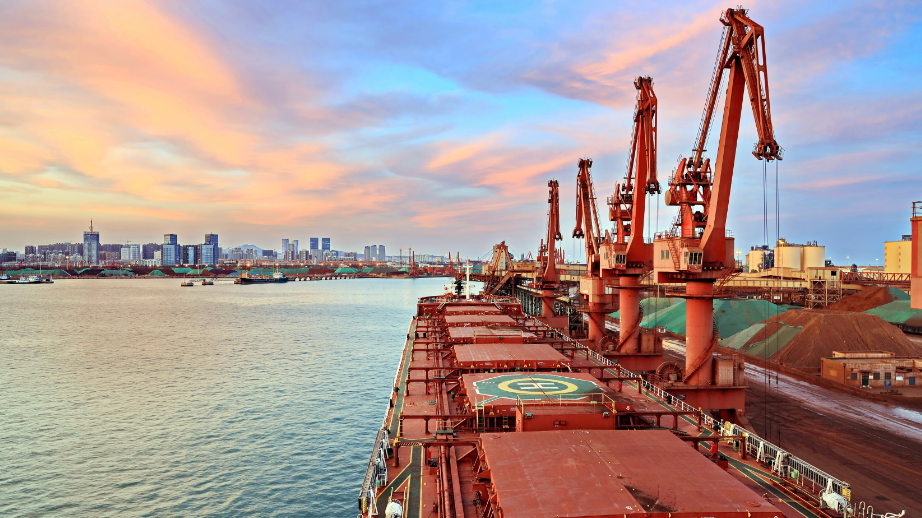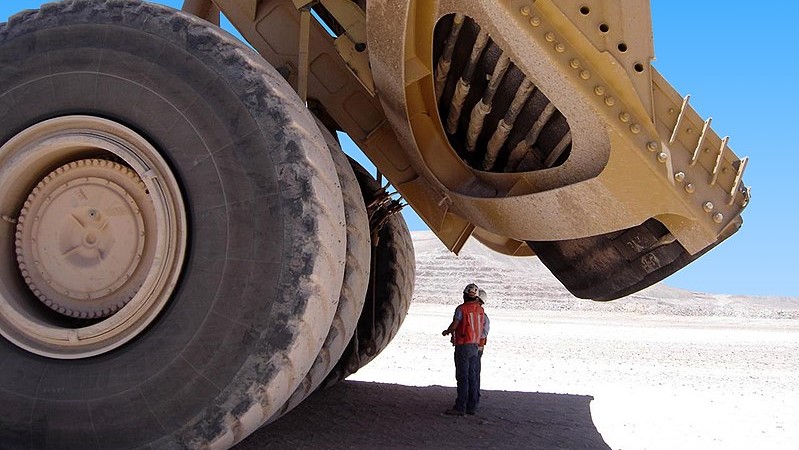China’s iron ore market appears in supply-demand sweet spot

(The opinions expressed here are those of the author, Clyde Russell, a columnist for Reuters)
Iron ore appears to have settled into something akin to a comfortable equilibrium, with Chinese stimulus spending keeping demand high, but supply from Australia and Brazil sufficient to maintain a balanced market.
China, which buys about two-thirds of global seaborne supplies, is continuing to import at a robust pace, with Refinitiv data estimating 101.6 million tonnes were offloaded in October.
The Refinitiv vessel-tracking and port data doesn’t align exactly with official customs data, given slight differences in when cargoes are assessed as having been discharged.
It’s possible to argue that demand is still robust in China, but equally so it’s hard to see it rising much further from current levels
The official numbers also include a small volume of iron ore that arrives overland from neighbouring countries.
Nonetheless, the likelihood is that China’s iron ore imports remained above the 100 million tonnes level for a fifth consecutive month in October, and remain on track to post a record high for the year as a whole.
This is despite the weakness in the first and early in the second quarter, as Beijing locked down much of the country’s economy to combat the spread of the novel coronavirus.
China’s steel industry is likely to produce more than a billion tonnes in 2020, the first time that level will have been breached, as stimulus spending keeps demand high from the infrastructure and construction sectors.
The supply side is also largely back to normal after the coronavirus hit production in number two exporter Brazil, as well as third-ranked South Africa.
Even though top exporter Australia managed to largely contain the pandemic and maintain production, there appeared to be insufficient supply for a few months around the middle of the year, resulting in prices rallying.
However, supply seems to be recovering, with Refinitiv data showing Brazil shipped about 31.5 million tonnes in October.
This was down from September’s 34.2 million and August’s 33.3 million, but still significantly above the levels being shipped in the first quarter, which were closer to an average of about 22 million tonnes a month.
Australia exported about 78 million tonnes in October, up from 74.5 million in September and the highest month since June’s 82.8 million, according to Refinitiv.
Price moderation
The return of Brazilian supply has seen the spot price of benchmark 62% iron ore MT-IO-QIN62=ARG, as assessed by commodity price reporting agency Argus, ease back from its year highs, ending on Monday at $119.50 a tonne.
This is down from the peak so far in 2020 of $130.55 a tonne on Sept. 3, but still some 50% higher than the low of $79.60 from March 23, struck at the height of China’s lockdowns.
The question for the market is whether the seeming return of balance between supply and demand is enough to maintain prices at their current levels.
A price above $100 a tonne has in recent years indicated demand running somewhat ahead of supply, or a bullish sentiment in the market.
It’s possible to argue that demand is still robust in China, but equally so it’s hard to see it rising much further from current levels.
However, sentiment remains solid, with the latest Chinese Purchasing Managers’ Index numbers supporting the view that the world’s second-largest economy has made a strong recovery from the coronavirus pandemic.
Turning to bearish factors, and the steady increase in inventories at Chinese ports in recent months may signal that prices have the potential to pull back somewhat.
Stockpiles SH-TOT-IRONINV rose to 128.9 million tonnes in the week to Oct. 30, according to consultancy SteelHome, up from 127.8 million the prior week, and some 19.6% above the low so far this year of 107.8 million in the week to June 12.
There is also a question mark as to how long Beijing will keep the stimulus taps fully open, and any dialling back of support for the economy may lead to questions as to how sustainable is the current iron ore price.
(Editing by Richard Pullin)
{{ commodity.name }}
{{ post.title }}
{{ post.date }}

Comments